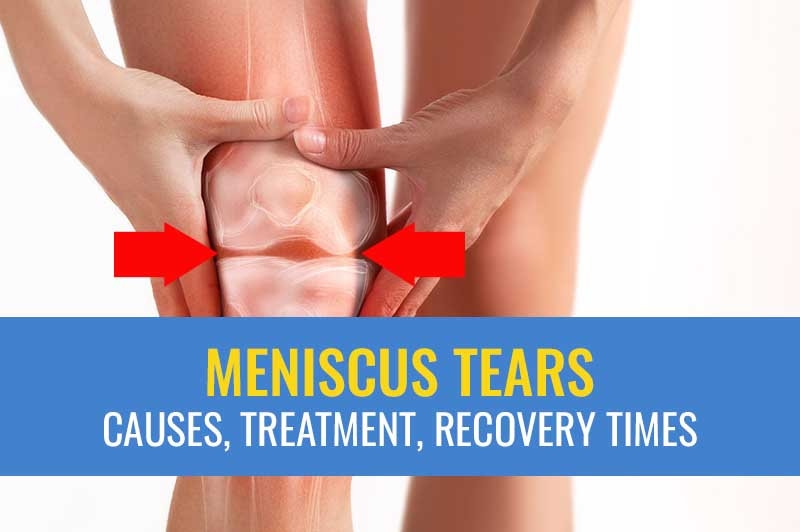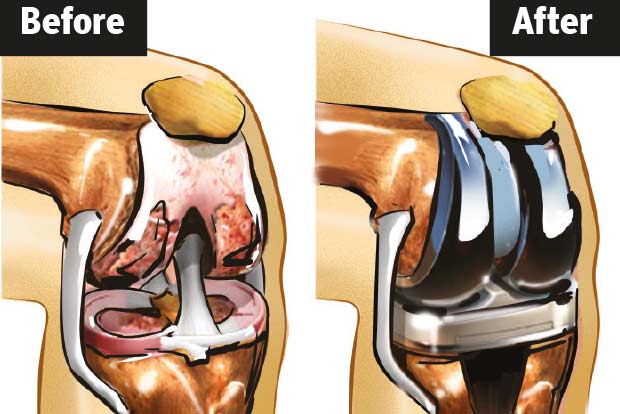Bankart Repair: Understanding the Treatment
Bankart Repair is a crucial procedure for individuals with recurrent shoulder dislocations. Understanding the treatment process and recovery can help you make informed decisions about your health. In this blog post, we’ll cover everything you need to know about Bankart Repair, from the procedure itself to recovery and long-term outcomes. What is Bankart Repair? Bankart Repair is a surgical procedure to correct recurrent shoulder dislocations by repairing a tear in the labrum, a piece of cartilage in the shoulder joint. The goal of the surgery is to restore stability to the shoulder and prevent future dislocations. Why You Might Need Bankart Repair A Bankart lesion, or tear in the labrum, can cause recurrent shoulder dislocations and instability. This injury is common in athletes and individuals who experience traumatic shoulder injuries. Surgery is often recommended to restore shoulder stability and prevent further dislocations. For more details, check out conditions treated by orthopedic surgeons. The Procedure During Bankart Repair, the surgeon makes small incisions around the shoulder to insert a camera and surgical instruments. The torn labrum is reattached to the socket of the shoulder joint using sutures or anchors. This procedure is typically performed arthroscopically, meaning it is minimally invasive. For a closer look, you can read about shoulder arthroscopic surgery. Recovery and Rehabilitation Recovery from Bankart Repair involves a combination of physical therapy, activity modification, and sometimes the use of a sling. The timeline for returning to sports and normal activities can vary but generally takes about 3-6 months. Physical therapy is crucial to restore strength and mobility in the shoulder. Dr. Vatsal Khetan’s expertise in sports medicine can guide you through the process. Long-Term Outcomes Most patients experience significant improvement in shoulder stability and function after Bankart Repair. However, it’s important to follow your rehabilitation program diligently to achieve the best results. For tips on managing chronic shoulder pain, check out advanced chronic pain management. Connect with Us Follow us on social media for the latest updates: Contact Information Name: Dr. Vatsal Khetan Address: SK Pandey Complex, Betiahata Rd, beside Union Bank, Betiahata, Gorakhpur, Uttar Pradesh 273001 Phone: +91-9662 365 917
Bankart Repair: Understanding the Treatment Read More »










